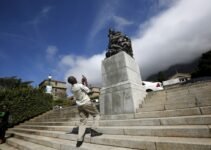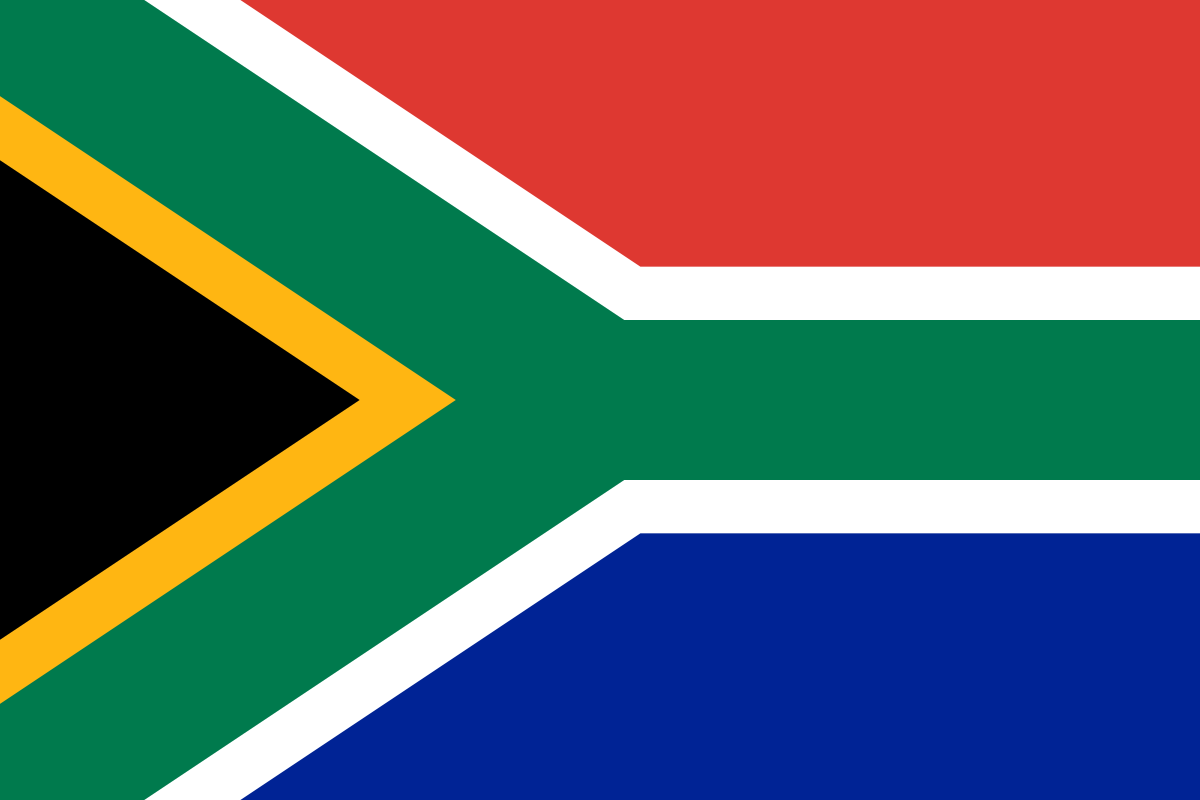This is a brief insight into South Africa’s diverse and vibrant history on March 10, a mosaic formed with strands of success, hardship, and perseverance. As we delve into the past of South Africa, we embark on a voyage through the ages, manoeuvring through the intricacies that have moulded the country we recognize today.

1998: Fanie de Villiers ends his last Test triumphantly
Fanie de Villiers retired from Test Cricket after taking his 85th wicket in his 18th match against Pakistan. South Africa won the match by 259 runs and leveled the series 1-1.
1994: Lucas Mangope leaves Mmabatho due to uprising
President Lucas Mangope of Bophuthatswana retreated from the capital after trying to boycott South Africa’s first democratic elections. This led to widespread demonstrations and strikes, and eventually the intervention of the South African Defence Force, resulting in Mangope’s removal from office.
1990: Welcome Ncita wins the International Boxing Federation (IBF)
Welcome Ncita, aka “The Hawk”, was the first South African to win the IBF world bantamweight title on March 10, 1990, after defeating Fabrice Benichou in Tel Aviv. He defended the title seven times before losing it to Kennedy McKinney in 1992.
1978: Journalist Percy Qoboza is released from detention
Percy Qoboza, the editor of the banned newspaper, The World, and nine other Black leaders were released from detention in 1976. Qoboza was released due to an international campaign for his release. After his release, he joined other newspapers but eventually left South Africa to live in the United States.
1961: AAM members give memorandum to Verwoerd’s secretary on Apartheid policies
On 10 March 1961, the Anti-apartheid Movement (AAM) members ended their 72-hour vigil outside Lancaster House in London. They marched to the Dorchester Hotel and handed over a memorandum to Verwoerd’s private secretary. The AAM was a successful international solidarity movement based on empathy, commitment, and anger at injustices.
1926: South African artist Michael Zondi is born
Michael Zondi was a South African artist born on March 10, 1926, in Msinga. He was trained in woodwork at the Swedish Lutheran Mission Trade School and worked at the Appelbosch Mission Hospital in Natal, where he designed, constructed and decorated the hospital chapel. Later, he worked for the Department of Information until 1972.
1922: A strike by White mineworkers turns into open rebellion
In 1921, striking workers in Johannesburg rebelled against the government, storming police stations, railway installations, and other key locations. The rebellion, known as the Rand Revolt, lasted only a few hours before Prime Minister J.C. Smuts declared martial law and sent in the army to crush it. In total, 153 people died and 534 were injured.



